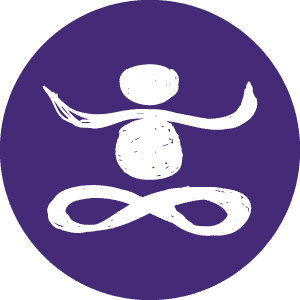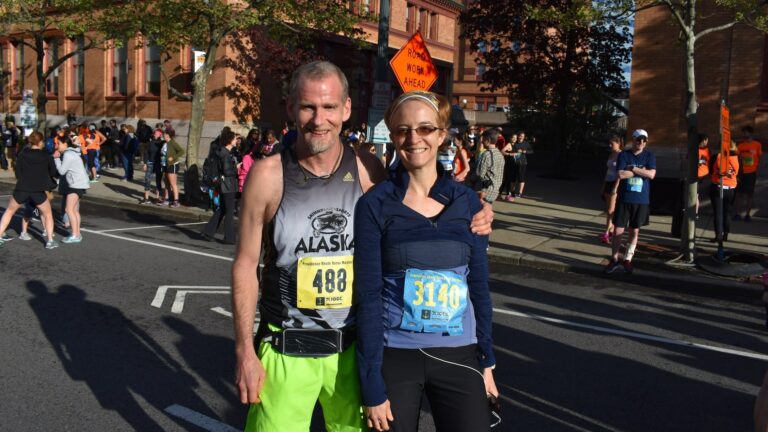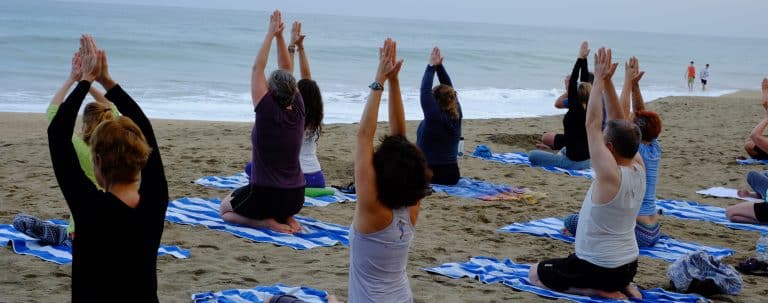The new year gives us a natural built-in opportunity to pause and consider transition, and these kinds of opportunities are really important for us. They’re built into the traditions of all cultures, and they can really help to orient us in time and to place and process. They even help to orient us to our purpose. This is yoga.
This year, I’m surprised to find myself thinking about goals in a whole new way. I’ve never been one for resolutions. I grew up with the “go to church” and “go to school” type of encouragement. Now, on the other side of “got a degree” “got a job” and “no, I don’t want to go to church anymore” it’s less clear.
I had a young client, a preteen, come to me this week with a suggestion from their parent that they should talk with me about goals. (Of course, I asked if THEY wanted to talk about goals but at this age, the differentiation between parent and self is less accessible than it will be later… in therapy we plant seeds.)
In my conversation with this young person and my reflection afterward, I realized that there seem to be a few main categories that goals fit into.
One of them is based on achievement. It presupposes a hierarchy and strives to climb the ladder. That might mean coming more skillful and/or gaining recognition. Most of us were indoctrinated with this system from an early age. We learned that once we mastered certain skills, we would be promoted… we went from 1st grade to 2nd grade, some of you probably went from JV to varsity. As professionals, we may go from internships to independence and then on to supervisory roles. Video games have mastered the motivational power of this system to keep players engaged.
Another category of goals seems to have less to do with external recognition (though it usually plays into these too) and more to do with our sense of our own wellbeing. We might want to do more of something that we think is good for us and less of something that isn’t. Here’s where swear jars, budgets, gym memberships, sobriety, diets, and other efforts towards self-improvement are made.
In both cases, measures of success are determined, a time frame is established and often a spoken or written ritual is enacted to reinforce the intention.
The sense of satisfaction and the motivation related to it comes from the right side of the brain, which corresponds to the left side of the body. It is the receiving side, the sensitive side, it is colorful and musical and messy.
The measures of success (especially when they’re numbers), the time frame, and the ritual task mastering that comes with goal setting come from the left side of the brain. It corresponds to the right side of the body. It is logical, organized, calculated.
Both sides together allow us to actualize intention and enjoy both quantitative and qualitative successes. Often, one of the goals of therapy, or, opportunities for growth as we mature is to encourage the health and productivity of both sides. Our constitution, our upbringing, our culture, and life experience all affect how our brain develops, and, just like our hands, we usually develop a preference and a habit related to one side.
A growth mindset is a powerful way to frame this opportunity. Self-reflection and supportive relationships can help us to realize where we are strong and where we are flexible. Just like yoga. This is yoga.
With this wisdom, we might find a more sustainable, attainable, nourishing, illuminating, and even, joyful relationship with our own potential emerge.
Realizing that potential may become a clear and consistent goal towards which we continue to orient… just as the football players do… even though they usually only score a couple of times during a match!
With this kind of big picture and balanced brain perspective, and, with the knowledge that most, if not all of you who are reading this, have been part of a culture that has overvalued right brain, organized, logical, numerical kinds of goals… I think there is some opportunity to develop goals around states being, around the potential that we want to continue to realize.
For example, we might make the goal to “be more patient.” Then, as we smell food being prepared, we have the opportunity to practice, and to realize patience as we wait to eat. Or, in conversation, as we listen and feel the urge to respond bubble up inside of us, we can remind ourselves to be patient in that instance as well. We can also apply this goal to projects and processes, to relationships with ourselves and others… we will learn more about what is patience and what is decidedly, not. We will learn to recognize and to greet this state of being with joy and grace when we do sense its presence and, the neural network related to this quality will get stronger. It will be able to withstand more pressure, it will be easier to find in the future. Patience pays off.
For this kind of goal setting, you can consider qualities of being that can help you to orient to the more subtle aspects of your experience, like patience. For truly, life is not just about things that you acquire or habits that you pick up or put down. In this, you will learn to appreciate the poise that is between getting stuck or bogged down or overwhelmed or overcome, and being overstimulated, agitated even. Perhaps poise itself may be the quality of being that you choose. These kinds of goals have a positive impact in our immediate environment, on our families, in our communities, and beyond.
If these opportunities resonate with you, I’d invite you to join me in setting your sites on something both subtle and substantial as we head into this new year. You may just sit for a couple of minutes and listen to your heart. Let it guide you. Your mind can help you strategize: set out some measures of success, help remind you of what this quality feels like. Your body then becomes the vehicle with which you carry this intention, again and again back to the field, after each foul ball. Enjoy playing!








